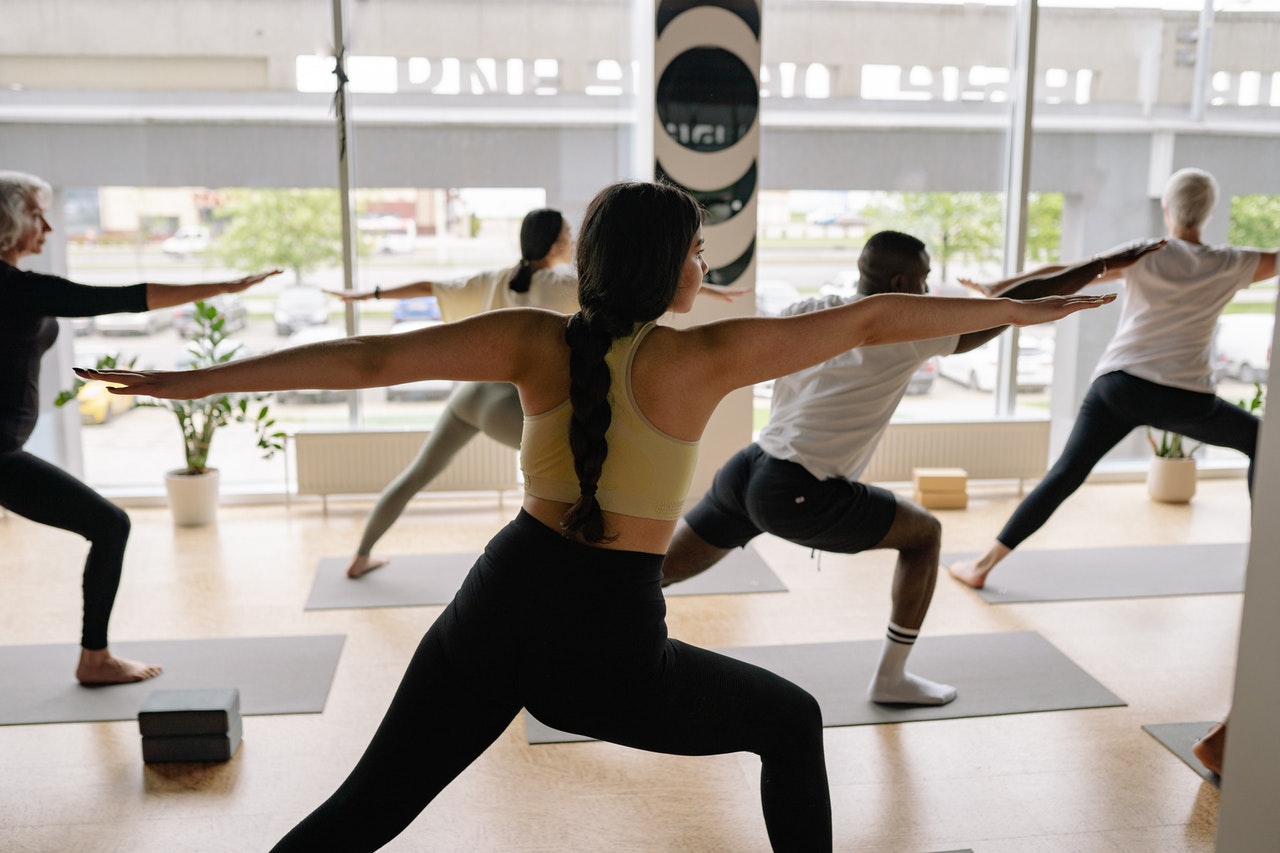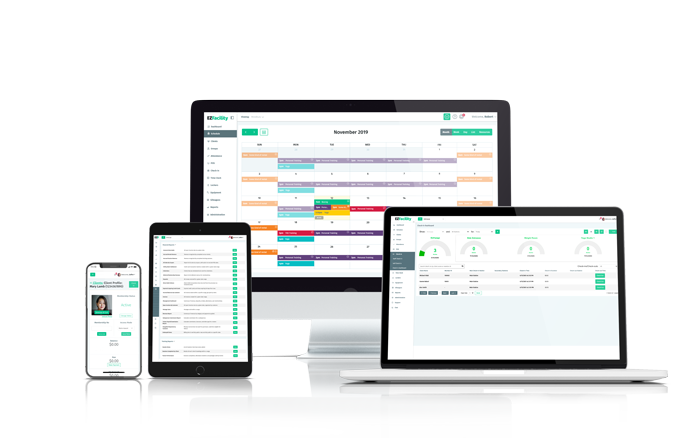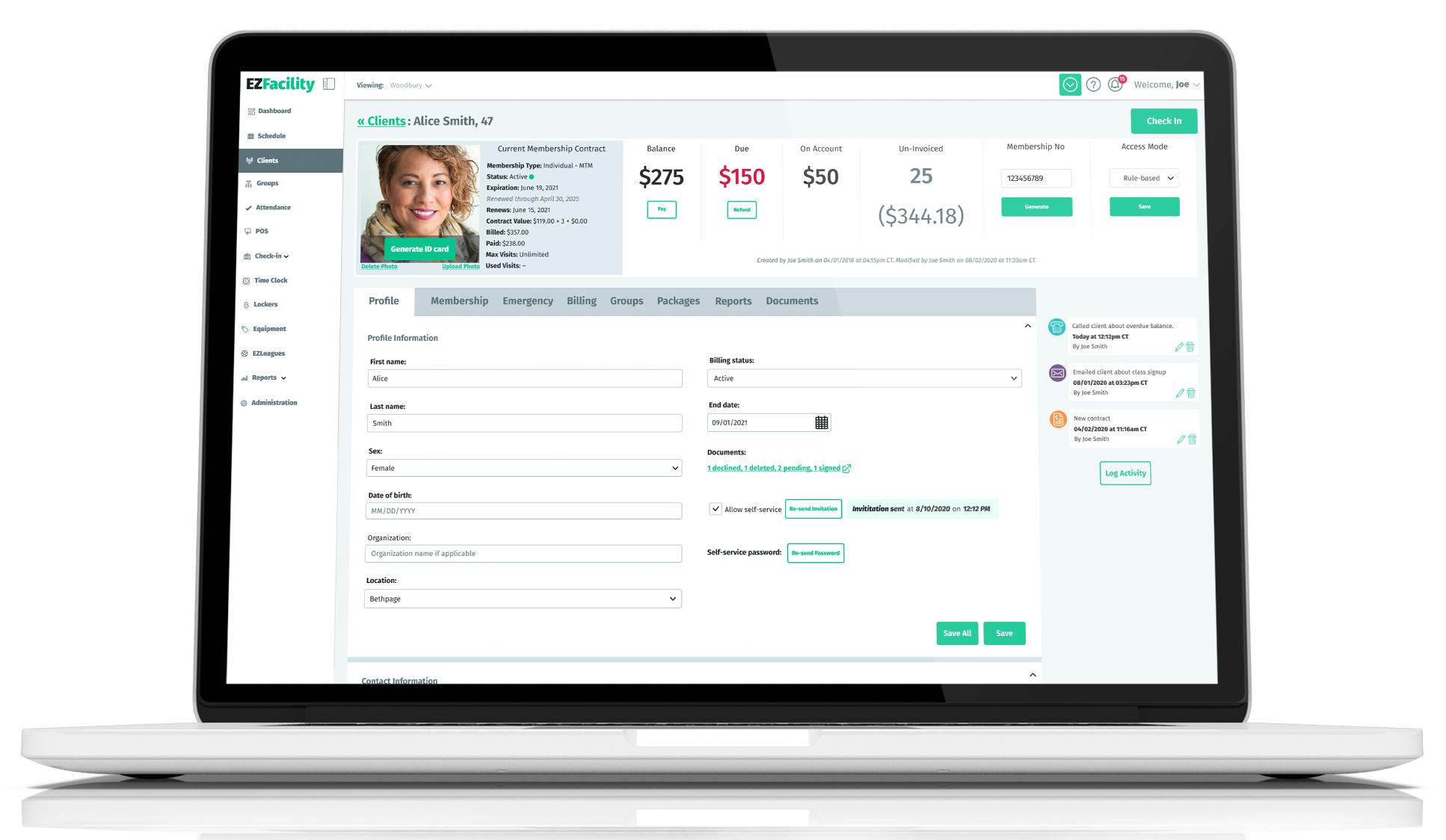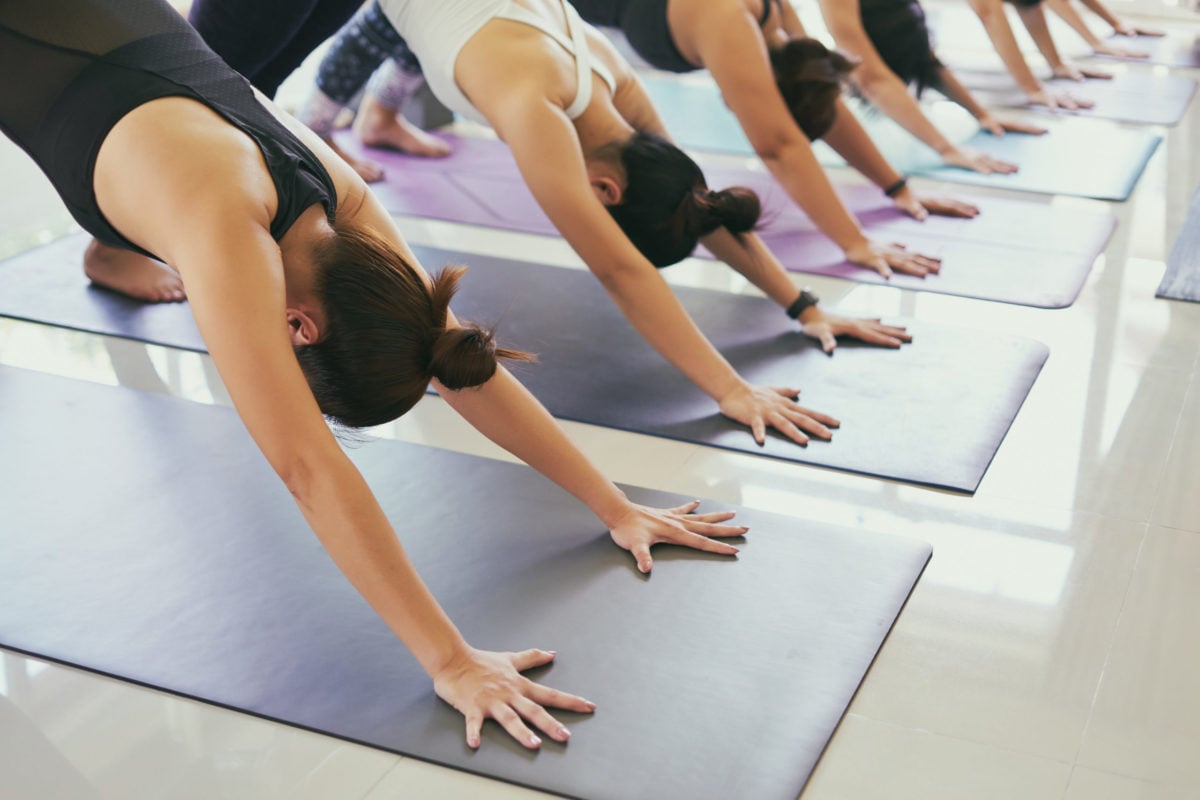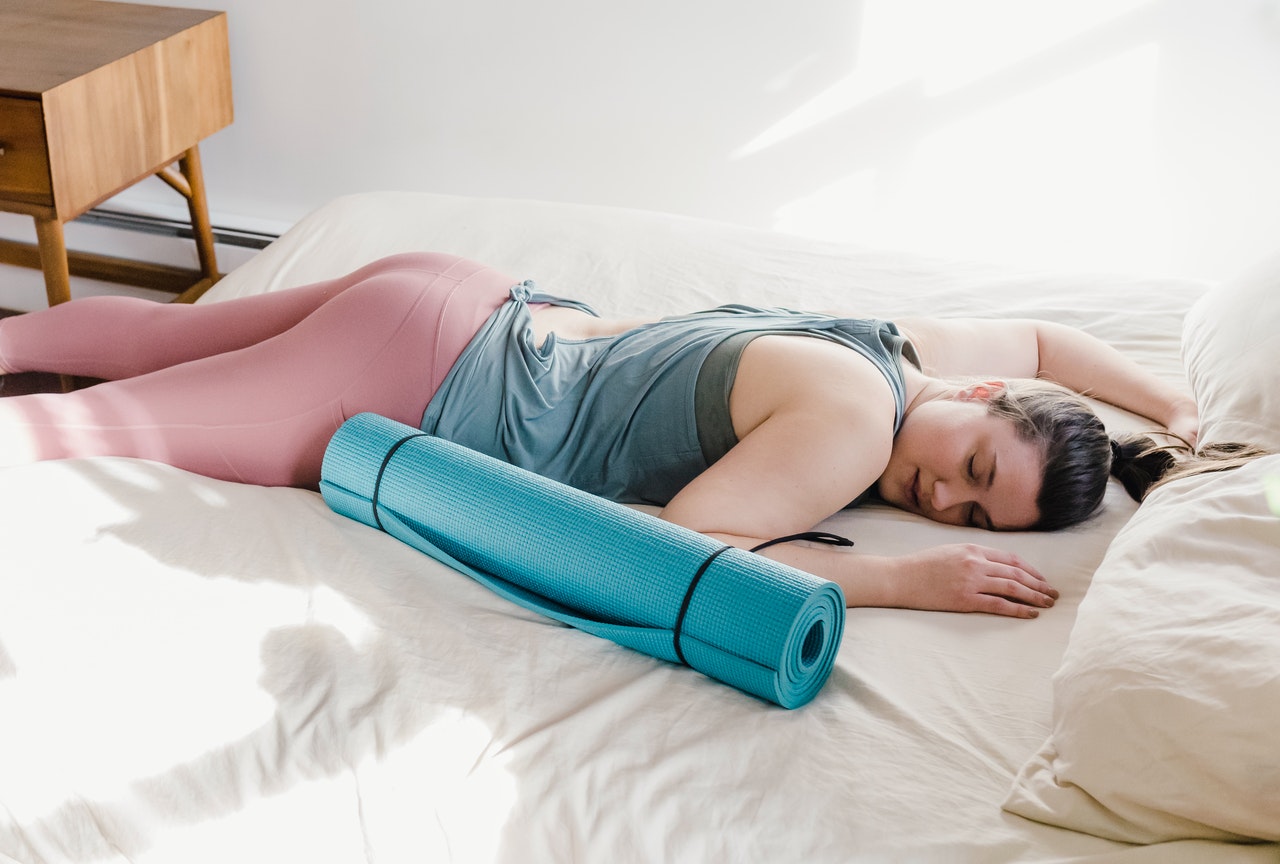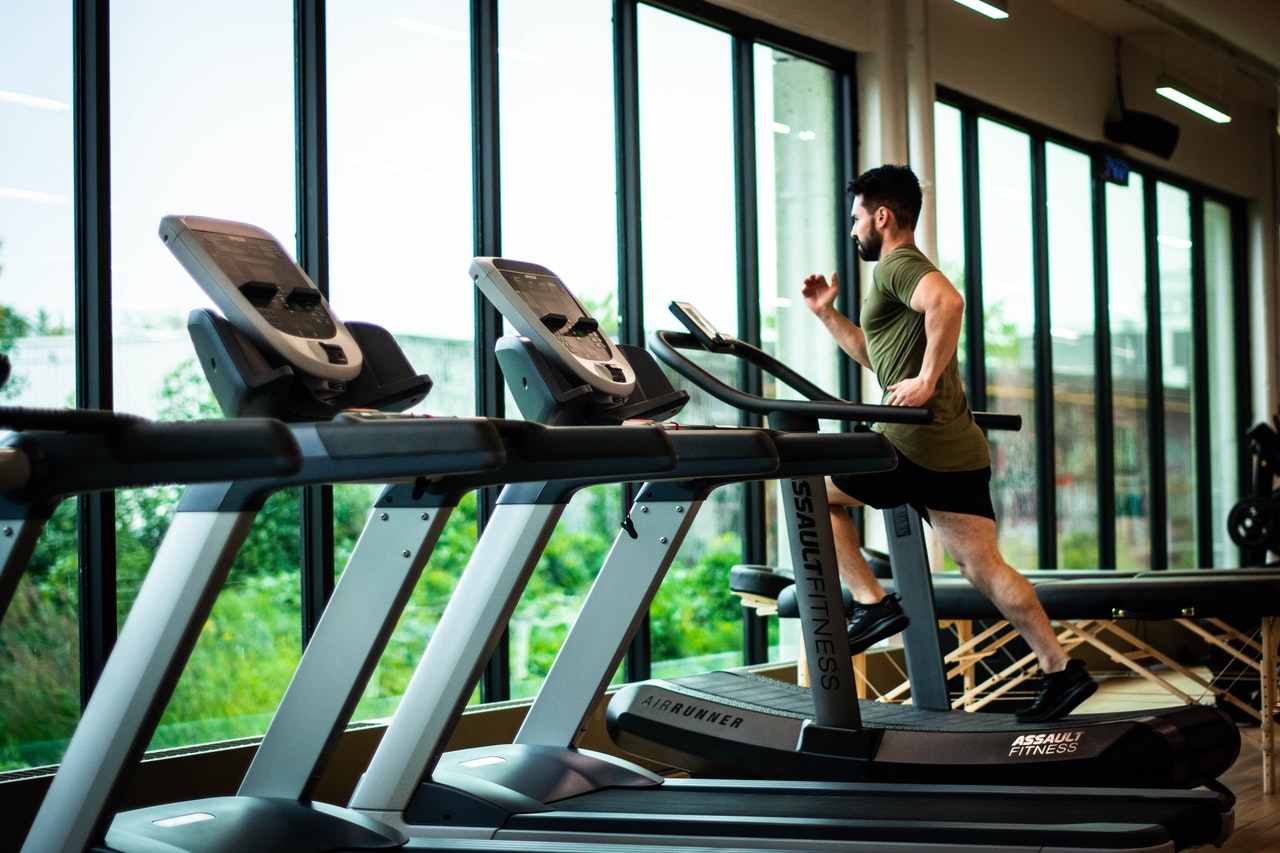As a gym owner, you’re constantly thinking about ways to retain your members and keep them motivated—especially considering 50% of members quit the gym within the first six months.
So, what can you do to help reduce membership churn?
One solution is to provide consistent motivation. And while motivational drivers vary from person to person, there’s some truth to saying “there’s strength in numbers.” In fact, a study published in the Journal of Social Sciences found that participants gravitated towards the exercise behavior of those around them, suggesting the healthy actions of others can rub off on us.
In this blog, we’ll talk about what small group training is, as well as how it can benefit your members and your business.
What is small group training?
Small group training is an instructor-led, group exercise class that typically includes between 2-10 participants. It’s essentially the same thing as personal training, except with a group instead of an individual working one-on-one with a personal trainer.
How does small group training benefit your business?
If you’re wondering whether small group training classes are worth your while, here are just a few examples of how they can benefit your gym:
1. Small group training helps diversify your services.
Today’s consumers want options, especially when it comes to their workout routines. And one of the best ways to attract and retain members is to offer a diverse range of services. Not everyone can afford private personal training lessons—and not everyone wants to do a one-on-one workout with a personal trainer. Offering small group training makes your gym more inclusive and affordable for people from different backgrounds, which helps give your facility a competitive edge.
2. Small group training can be more profitable in the long-run.
Small group training classes can actually be more profitable in the long-run than traditional personal training sessions. Consider this—if your personal trainers are hosting individual sessions, they’re limited to one person at a time for a set price, whereas group training provides the opportunity to train multiple people at once. While the cost per individual may be lower, you can end up making a lot more even if you only have a few people in each group.
3. Small group training can attract new members.
Each of your members will have different preferences in regards to their workout routines. Some will want to workout on their own, while others feel more comfortable going to the gym with friends or family members. By offering small group training, you can accommodate those who may have some gym-related anxiety by offering a comfortable atmosphere where they can exercise with others—which also benefits you by encouraging referrals and attracting new members.
How does small group training benefit your members?
Now that we’ve covered a few ways small group training can benefit your business, let’s talk about how it can benefit your members.
1. Small group training is an affordable alternative to traditional personal training.
Individual personal training sessions may be too expensive for many of your members, but small group training offers them a similar experience at a much more reasonable price. It’s the sweet spot between keeping the fitness experience large enough to be fun, but small enough to be personalized.
2. Small group training helps members connect with other like-minded people.
Small group training classes are a great way for members to meet, interact and socialize with other gym-goers. It helps them bond with each other, and creates a sense of belonging at your gym. When you have a community of members that are excited to come to your facility and interact with one another, it creates a better overall environment for everyone.
3. Small group training increases accountability.
Let’s be honest—it can be really hard for some people to stay motivated. But as your members connect and build friendships with other people in their classes, they’ll naturally be more motivated to keep coming back and working toward their fitness goals. A little extra support from your personal trainers and other group members can go a long way—and it can have a huge positive impact on your retention rates.
Conclusion
While many trends in the fitness industry come and go, small group training isn’t just some passing fad. It continues to rise in popularity given the number of benefits it can offer your members, as well as the positive impact it can have on your bottom-line.
To learn how EZFacility can help simplify member management and streamline class scheduling, click here to schedule a free personalized product tour.
